A media war preceded the recent clashes. Here are its details.
A media war preceded the recent clashes. Here are its details.
By Dure Akram, from Lahore / Pakistan
Within hours of the gunmen killing 26 civilians in Pahalgam on April 22, the Indian media had already delivered its verdict. There was no investigation, no credible claim of responsibility, and no effort to establish a chain of accountability. Yet within hours, the narrative was fixed: Pakistan was to blame.
This isn’t unfamiliar territory. But what followed after Pahalgam marked a new low in the information war that now accompanies every flashpoint in India–Pakistan relations. In a matter of days, Pakistan’s High Commission staff in New Delhi were expelled, its citizens were ordered to leave India by April 30, and a full-blown digital crackdown was underway. All this, with Indian regulators banning Pakistani YouTube channels, freezing social media accounts, and targeting cross-border media narratives.
From Islamabad’s vantage point, this wasn’t a media response to terror. It was terror of another kind: narrative occupation.
The India–Pakistan conflict has always been layered with misinformation and media-driven nationalism. But in 2025, the information space is not just contested. It is being colonized. And Pakistan, increasingly shut out of international platforms and algorithmic spaces, is fighting on informational backfoot.
Indian media’s framing of the Pahalgam attack followed a now-familiar pattern: use ambiguous intelligence sources, amplify “inputs” over evidence, and flood television channels with aggressive debate panels before any facts are available.
Even as Pakistan categorically denied involvement and called for a joint investigation, the Indian press raced ahead. Within hours of the attack, major Indian outlets—including Times Now and Republic TV—broadcast headlines like “Pakistan-backed Terror Returns” and “Time for a Retaliation Strike.” Anchor monologues used words like “barbaric,” “state-sponsored,” and “surgical option” before forensic teams even reached the crime scene.
No credible third-party assessments were presented. The small number of Pakistani voices invited to contest the narrative was regularly contested. And no editorial restraint was visible.
It’s important to note: Pakistan has a complicated relationship with press freedom, and Islamabad is no stranger to state narrative control. But in the current crisis, what is visible is not mutual suppression—it is asymmetric silencing.
On April 25, India’s Ministry of Information and Broadcasting banned 16 YouTube channels, 94 social media accounts, and 6 news websites—all Pakistan-linked. The justification? “National security and sovereignty concerns.” The real effect: a wholesale erasure of dissenting or alternate perspectives, particularly around Kashmir, the Pahalgam attack, and cross-border diplomacy.
Among the banned were independent outlets such as Naya Daur, political commentary channels run by Pakistani academics abroad, and many cultural platforms with literally no direct political affiliation.
Simultaneously, fact-check units from India’s Press Information Bureau launched a sweeping campaign to debunk “Pakistani misinformation”—but not all flagged content was false. Several removed posts had cited international reports on Kashmir, screenshots from old but accurate press clippings, or government statements taken out of context. In the name of security, the spectrum of permissible speech shrank rapidly.
Even diplomatic channels weren’t spared. Pakistan’s Ministry of Foreign Affairs found many of its official posts throttled on X (formerly Twitter), including statements calling for restraint. By April 29, the hashtag #FalseFlagPahalgam—trending in Pakistan—was practically invisible on Indian networks.
This is where the asymmetry bites the deepest. While India has the resources, global partnerships, and tech sovereignty to shape digital discourse, Pakistan lacks the leverage to resist algorithmic censorship. The result? A one-sided InfoWar where Islamabad is cast as the aggressor, and Delhi walks away with narrative control.
The domestic spillover is perhaps even more dangerous. Following the Pahalgam attack, there has been a visible uptick in anti-Muslim rhetoric within India. Right-wing media commentators openly conflated Kashmiri’s identity with “jihadi ideology.” Videos of police raids on Muslim homes, forced demolitions in occupied Kashmir, and mosque surveillance were celebrated online as “strong state action.”
On Indian social media, trending hashtags like #PunishPakistan and #MuslimTerror go unchecked. And yet, when Pakistani accounts respond with accusations of state violence, they are deplatformed or buried under misinformation flags.
This duality fuels radicalism on both sides of the border. It pushes Pakistani youth into echo chambers and erodes any possibility of a cross-border peace constituency. The digital border, once a space for soft diplomacy and cultural exchange, has become a minefield.
In the weeks following the Pahalgam attack, all diplomatic tracks between India and Pakistan froze. Bilateral trade, already negligible, was shut down completely. The Indus Waters Treaty was suspended unilaterally by India—an unprecedented move. People-to-people contact was severed: visas cancelled, delegations revoked, and cricket ties snapped.
And the media? Instead of questioning these abrupt and aggressive measures, it cheered them on.
In a functioning ecosystem, the media would ask: Where is the evidence? What are the implications of halting the IWT? How does closing Wagah help resolve terrorism?
But the absence of press scrutiny reflects a deeper rot: narrative warfare has replaced facts, and the battle for supremacy is no longer on the battlefield—it’s in the bylines.
Pakistan keeps calling for due process. For investigative integrity. For the right to defend itself in public forums before punishment is declared.
The silence from global tech companies and international newsrooms on India’s censorship spree is telling. When any authoritative regime limits dissent, the headlines scream autocracy. When India does it in the name of “national interest,” the world applauds its restraint.
If platforms like Meta, YouTube, and X are serious about neutrality, they must re-evaluate how cross-border conflicts are moderated and ensure that Pakistani perspectives aren’t algorithmically erased.
For its part, Pakistan must strengthen its own media freedoms and elevate credible independent voices. If Islamabad wants to win the narrative war, it cannot rely solely on state broadcasters or controlled talking points.
In the 2025 edition of the India–Pakistan conflict, the guns have not yet roared—but the stories have. And those stories, shaped by misinformation, digital bans, and nationalistic echo chambers, are deepening hostility and shrinking the space for peace.
Concluding Note: Recent Developments
After filing this opinion piece, tensions between India and Pakistan reached a new high in the early hours of May 7, 2025 when India hit targets in urban centres in Punjab, Pakistan’s populous province and Pakistan-administered Kashmir, triggering fears of a further escalation of military hostilities. Islamabad has called the assault a “blatant act of war.” In retaliation, Pakistan also claims to have downed five Indian jets, three of which have officially been acknowledged by Indian and international media. Meanwhile, Director-General of Inter-Services Public Relations Lt Gen Ahmed Sharif Chaudhry affirmed, “The Pakistan Armed Forces have given a resolute and forceful response, and will continue to do so.” The international community watches with growing concern as the two nuclear-armed neighbors drift further apart, with the conflict showing no signs of abating.




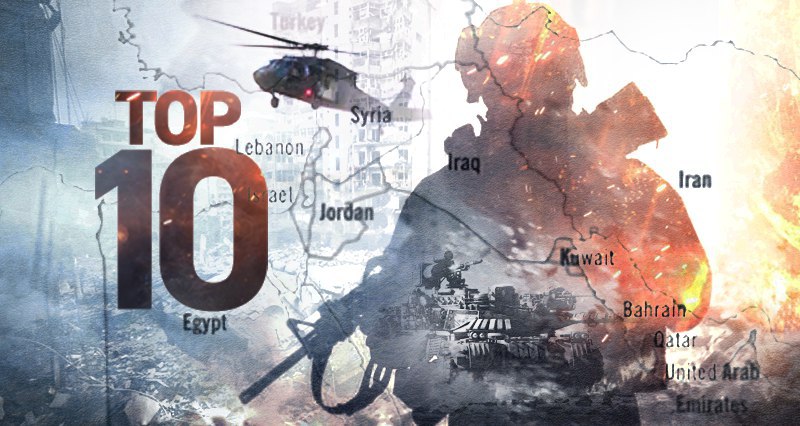
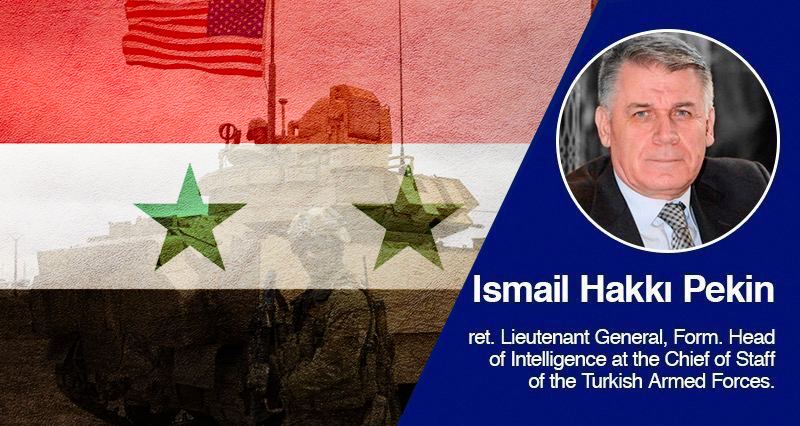

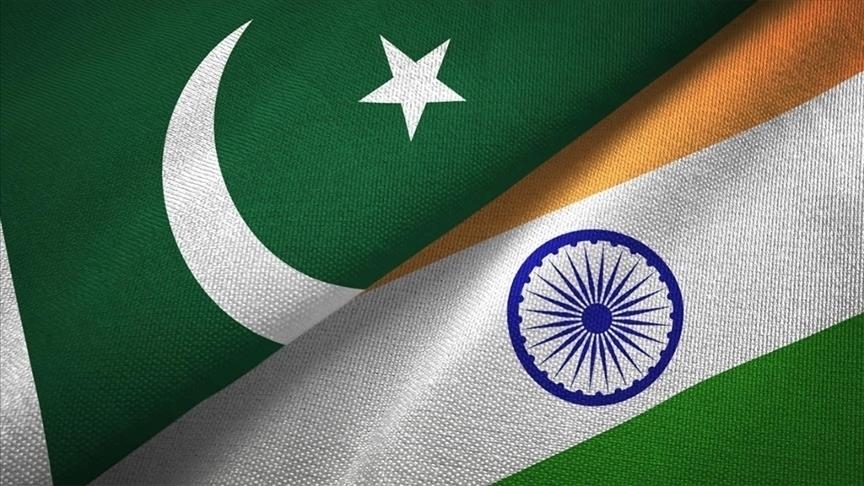
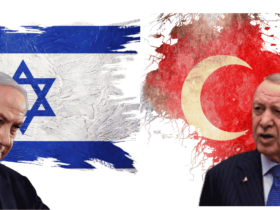
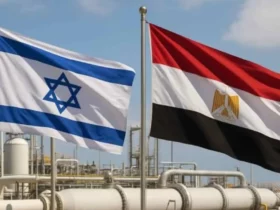
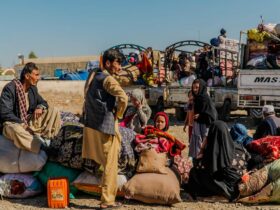
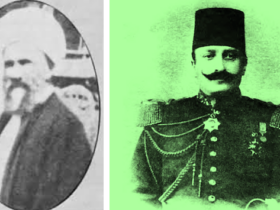

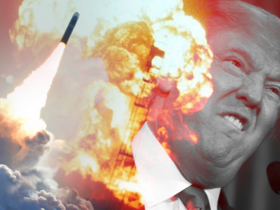
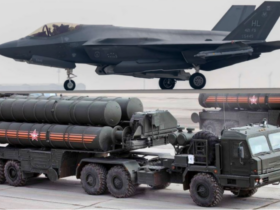

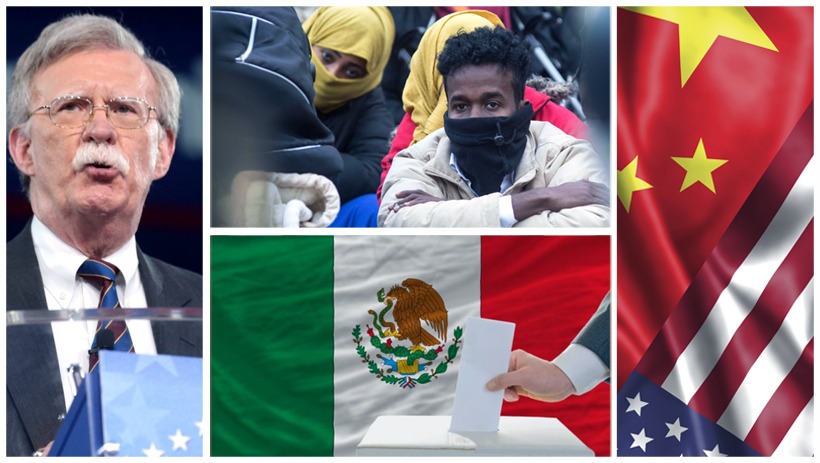
Leave a Reply